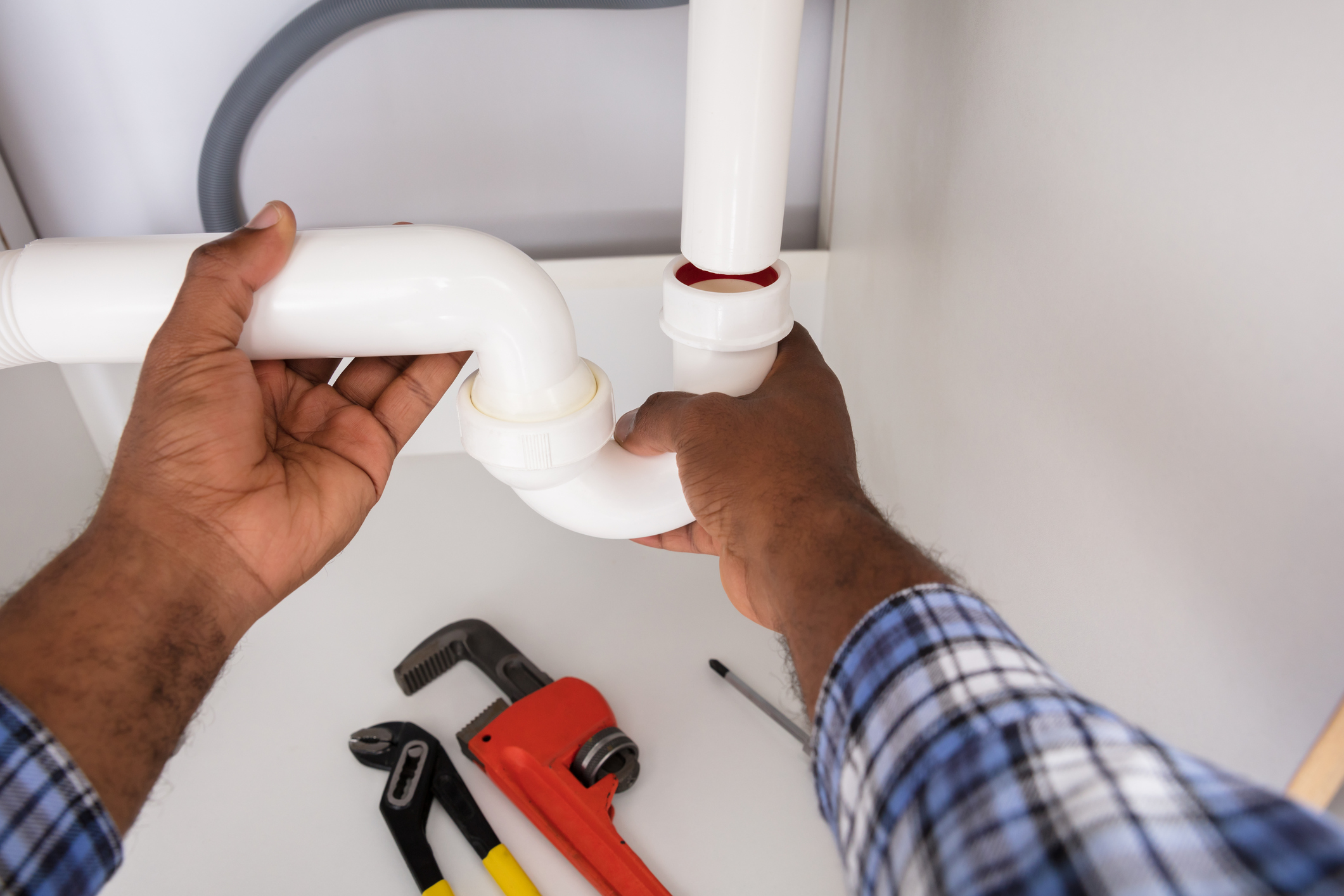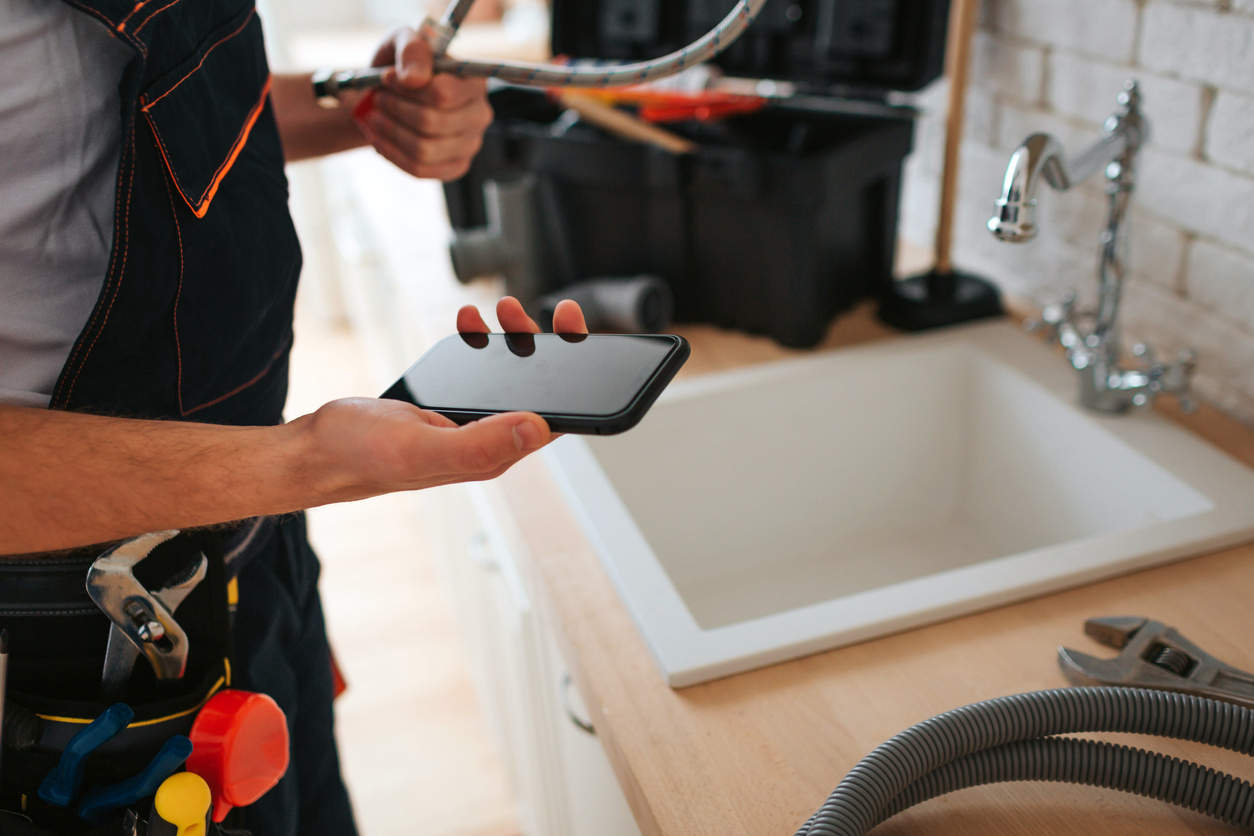Do Humidifiers Really Help Asthma?
According to the Asthma and Allergy Foundation of America, nearly 25 million Americans have asthma, accounting for over 14 million physician office visits each year, and nearly two million trips to the emergency room. While this chronic condition can be controlled with the right combination of treatment and medication, avoidance of triggers is the key to managing both mild, and severe symptoms. Allergens, irritants, weather, or illnesses can all provoke an asthma attack, and although they may be difficult to avoid outside of the home, there are a number of steps you can take to improve the quality of your indoor air—including taking control over your home’s humidity.
For professional indoor air quality services, contact Signature HVAC online today.
What Is Asthma?
Asthma is a chronic disease, which causes temporary inflammation and narrowing of the bronchial tubes that carry oxygen to the lungs. Triggers can include the following allergic or non-allergic sources:
- Pollen
- Pet dander
- Dust mites
- Mold
- Airborne irritants such as smoke, fumes, or strong odors
- Colds or flu
- Stress
- Exercise
- Cold air
- Extreme changes in temperature or humidity
Asthma symptoms can vary in number and severity from person to person, and may include:
- Coughing
- Shortness of breath
- Tight feeling in chest
- Rapid breathing
- Wheezing
Understanding Relative Indoor Humidity
Ideally, indoor humidity levels should range between 30 and 50 percent for optimal health and comfort, but what happens when the figures are outside of this range?
Low Humidity
Once the indoor relative humidity drops below 25 percent for a prolonged period of time, your body and home begin to react. Dry air can negatively impact the integrity of organic building materials or furniture such as wood flooring, trim, or framing, causing them to split, warp, or crack from the lack of moisture. Skin, hair, and nasal passages react in a similar manner, causing chapped lips, dry skin, and irritated airways that can exacerbate asthma and allergy symptoms.
High Humidity
Humidity levels which are consistently above 50 percent tend to cause discomfort, as moisture settles on skin and is unable to evaporate. High humidity also encourages the growth of mold, mildew, fungi, and bacteria, and provides the ideal environment for dust mites—all common triggers for asthma.
How a Humidifier Can Help Relieve Asthma Symptoms
Balanced humidity levels are the key to healthy indoor air, and the best way to achieve and maintain ideal relative indoor humidity is with a whole-home humidifier. This innovative appliance works alongside your existing HVAC system, supplying precise amounts of humidity to your entire living space which you can monitor and control with your thermostat. Adequate moisture provides relief to those who suffer from asthma, keeping airways clear, hydrated, and free from irritants and allergens associated with dry air.
The Benefits of a Professionally Installed Whole Home Humidifier
While you may be tempted to purchase one or more portable humidifiers to increase the level of moisture in your home, there are a number of significant benefits to installing a whole home humidifier:
- Even, precise levels of moisture throughout your entire home.
- Limited maintenance as it is connected directly to your plumbing system so it doesn’t require refills and an annual cleaning and inspection.
Schedule Humidifier Installation and Repair in West Chester, Media, and the Surrounding Areas
The team of professionals at Signature HVAC provide expert humidifier installation, maintenance, and repair services to homeowners throughout Chester and Montgomery Counties.
Call us today at 610-738-8310 or contact us online to schedule whole-home humidifier installation.





